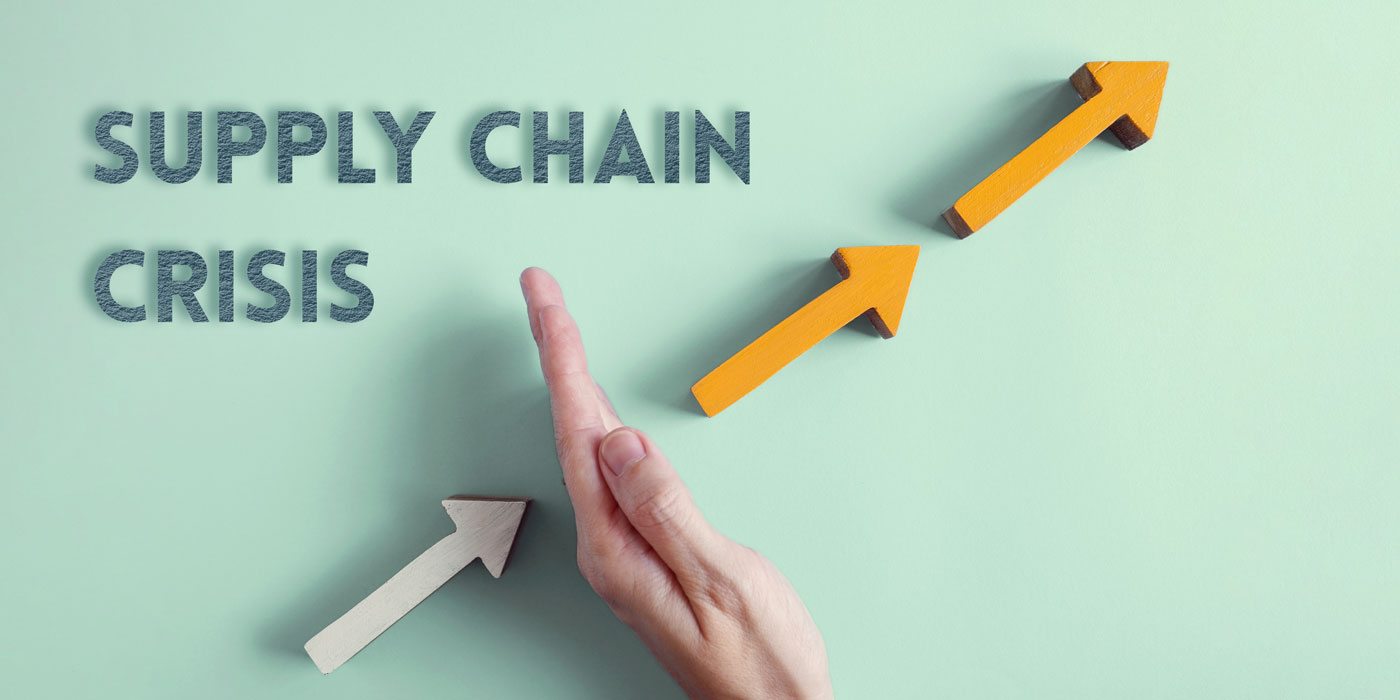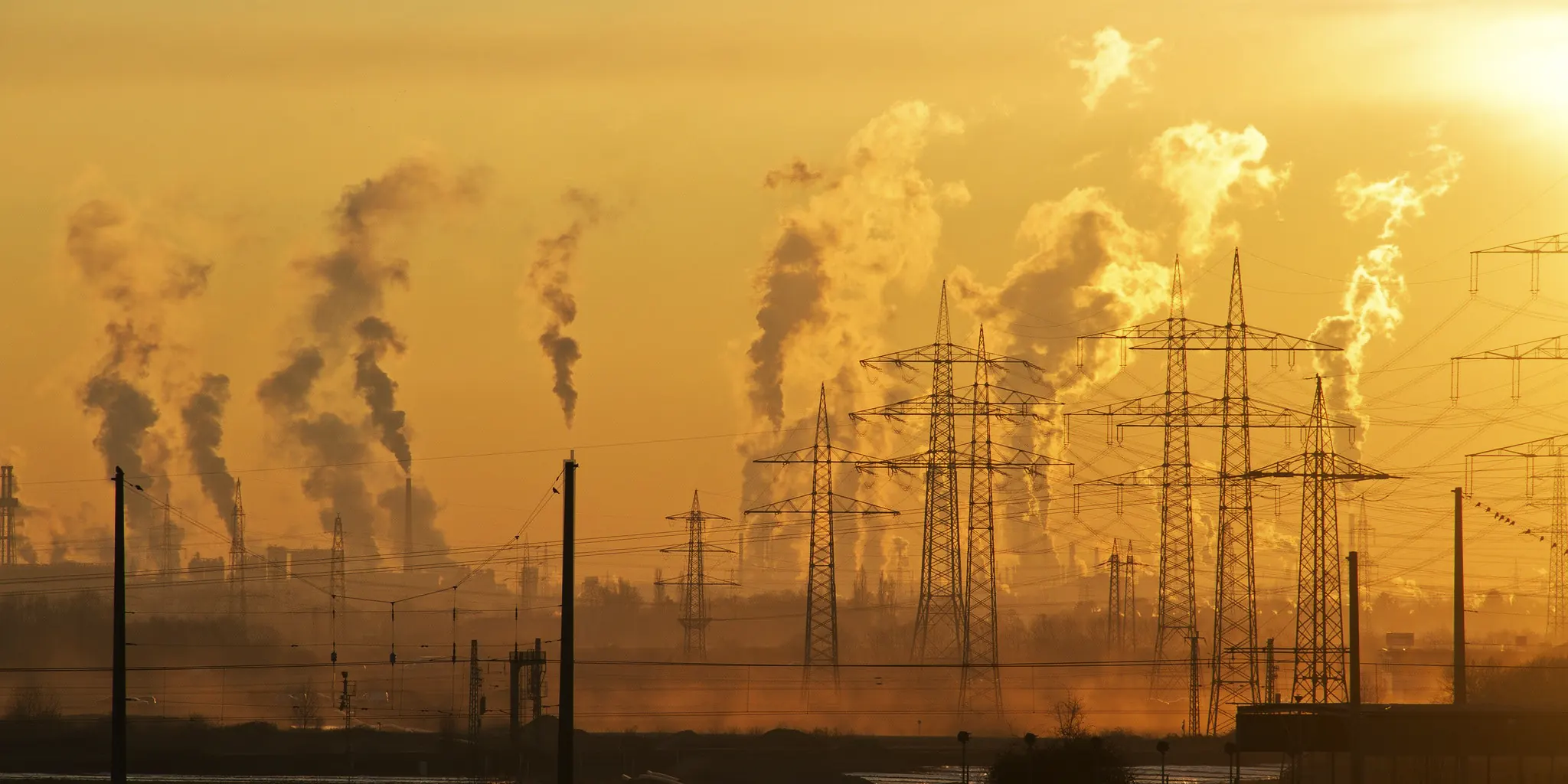The eruption of the COVID-19 pandemic created a whirlwind that threw the global economy in…

Reduce CO2 emissions, a major concern of the industry
The 21st century marks a turning point for the industry. After the unprecedented growth of the 20th century with its digital revolution, today more than ever, it must evolve to address the challenge of climate change.
The issues are gigantic, the Paris Agreement signed in 2016 is planning to maintain the global warming below 2°C for 2100. It means in practice that within 50 years, before 2070, every country reach carbon neutrality.
In the industry space, this announcement caused a paradigm shift during the last few years, embedding the environment issue in the core of the decisions. Each company has its own strategy, however some big groups have already started to address this problem, favoring a smooth transition to the brutal restraints that could appear worldwide in the future.
What is the carbon footprint?
The carbon footprint is the whole greenhouse gases emissions (GHG) of a company. It takes its name from the most well-known of them, the carbon dioxide, but also includes all the gases that are responsible for climate change.
Therefore, we mainly find 4 gases in the list:
- The Carbon dioxide (CO2)
- The Methane (CH4)
- The Nitrous oxide (N2O)
- The Hydrofluorocarbons (includes HCFCs and HFCs)
However, not all the gases have the same impact, that is why we use a table to compare their global warming potential. It allows comparing for one same kilogram of gas on 100 years, the impact difference on climate change between any gases with the CO2
We learn there that Methane is 23 more impacting than Carbon dioxide, while the Nitrous Oxide is 296 stronger, and that Hydrofluorocarbons is even 22800 stronger. By converting these values in tones of CO2, we obtain a total that represents the carbon footprint.
How is it measured?
When a company wants to establish a carbon report and measure is emissions, it is common to talk about scope 1, scope 2, and scope 3. The term scope designates different levels of greenhouses gases emissions:
Scope 1: Direct emissions
It is all the direct emission caused by the activity of the company, either the oils combustion, the chemical processes, the vehicles fleet. Are counted any emissions for which the company has control.
Scope 2: The indirect emissions of energy consumption
It is about all the emissions caused by the electricity / heat consumption of the company. For instance, an electric oven does not emit any greenhouse gases, but implies an electric consumption to operate. The emissions depend on how this electricity is produced.
Scope 3: The other indirect emissions
These are the greenhouse gases emissions cause by all aspects of the product’s life cycle. It involves the entire supply chain, from the extraction of raw materials, the transportation, to the use of the product and its recycling.
How and why to reduce?
To reduce emissions, the first and the second scopes are important stages of the transition. Choosing methods of production that emit less are front line solutions. It goes with the renewing of the machines for more efficient models, and the choice of carbon-free electricity.
The third scope is a more difficult issue, because it impacts the entire supply chain and the logistic. However, it is completely possible to reduce emissions by transitioning toward raw materials that are less harmful for the environment, and imposing higher standards to suppliers. This practice has become more and more common, and that is why it is essential to evaluate and reduce the carbon footprint. Numerous actors in the industry give a special attention to greenhouse gases emissions, therefore they will be more inclined to make business with companies oriented toward strong CSR policies.
Who are we?
Actively working on reducing its carbon emissions, OTEGO commits to develop a technical textile expertise that respects the environment.


